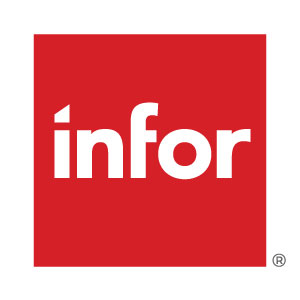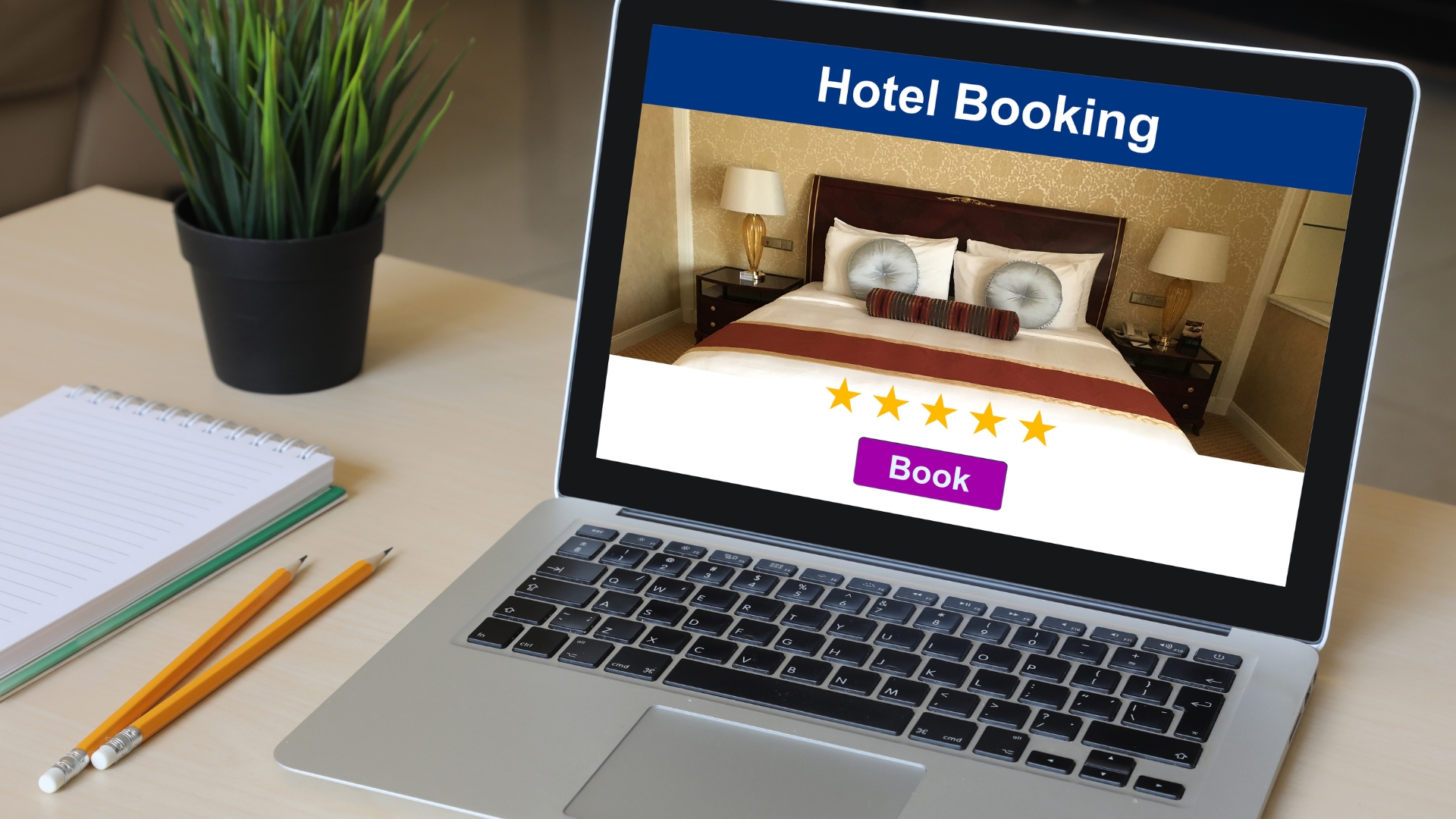

The emergence of the tech stack was an important step for the hospitality industry. Adopting new applications—beyond the limitations of legacy, on-premise systems—has enabled hoteliers to kickstart their digital transformation efforts and unlock greater efficiency.
But it can be easy to end up in the following scenario: Your hotel keeps running into new operational problems and acquiring applications to solve them. Before too long, the organization is juggling dozens of tools and IT contracts. This inevitably leads to disparate data and processes that create new problems, hampering efficiency and cohesion across the business. This is a common concern, with the average large enterprise using as many as 664 different apps, according to Zylo.
While tech stacks play an important role in the industry's progress, hoteliers must be cautious not to throw the baby out with the bathwater. The key is to build your stack strategically, opting for solutions that align with the hotel's long-term goals. However, many leading hoteliers are entirely ditching this point solution approach, opting for integrated software that can consolidate multiple hotel functions, from check-in to mobile services.
More isn't always better
This doesn't mean that point solutions are all bad. Budget-conscious hotels may prefer to purchase individual tools so that they can pace adoption as their finances allow. Point solutions also allow you to narrow in on a best-in-class piece of software that will solve your specific problem well—and relatively quickly.
But this approach comes at a cost. Managing multiple IT contracts on different timelines is clunky and prone to miscommunication. Onboarding and software maintenance becomes time-consuming and complex, not to mention expensive. If you require changes, customization, or support, your requests are probably subject to the vendor's release schedule and resource availability. What was initially meant to be an easy solution to your problem can quickly become a logistical nightmare.
The end-users-your employees—also suffer. Solutions may be straightforward individually. But learning and navigating between several tools throughout the day can take a toll on employee attention and productivity. According to researchers who studied Fortune 500 employee behavior, the average user toggles between different apps and websites 1,200 times each day, adding up to 4 hours weekly or 9% of their annual work time. When staff experience app fatigue, usage and buy-in suffer, which is not ideal amid a labor shortage crisis.
Point solutions, being specialized, are also limited when it comes to adapting or scaling with your growth strategy. You may encounter functional redundancies when trying to cover all of your needs with disparate solutions. Because systems and data are housed separately, your visibility into org-wide processes and performance is minimal. Manual efforts to consolidate everything are likely to generate errors and inconsistencies that can frustrate employees, slow operations, and trickle down into the guest experience.
Additionally, relying on multi-point solutions makes your organization more vulnerable to security risks. The more software solutions you use, the more entry points you create for attackers to leverage. Bad password hygiene can wreak havoc on your data security, especially considering that a single employee may need dozens of login credentials to do their job. As employees experience app and alert fatigue, they may also overlook software updates necessary for cybersecurity. In the event of a breach, it may be difficult to navigate remediation with a large network of vendors, especially if nobody is willing to take responsibility.
Combined, these factors can harm your bottom line significantly over time, even if the upfront cost and short-term gain seem like a good value.
Integrated platform for greater scalability and flexibility
The best way to avoid the point solution trap is to procure new software solutions carefully, ensuring that they are scalable and fit seamlessly into your existing workflows. In the long term, will the new solution support your employees, guests, and growth goals, or will it disrupt them?
Given economic uncertainty and evolving customer demands, most hoteliers are aiming to save costs, become more efficient, and stay agile and scalable with their offerings. These objectives are better suited to an integrated software strategy—a platform-based approach that manages many different hotel functions from a single location.
When compared to point solutions, integrated software offers greater flexibility and scalability. Because the solution is coming from a single provider, IT maintenance and implementation is much simpler and more cost-effective over time, particularly if you need to make changes, scale, or troubleshoot. Integrated solutions are designed to be more customizable, allowing you to adjust functionality based on operational needs and pain points. There are also fewer entry points available for attackers—and a reputable provider will likely work closely with you to ensure that data and systems are secure and up-to-date.
What's more, integrated workflows tend to be more streamlined and easier to use because users don't have to learn different interfaces or constantly toggle between windows. As usage increases, employees can master the software and take advantage of more of its features.
By nature of their design, integrated solutions also eliminate silos, allowing staff to work under a single connected platform. This fosters collaboration and provides a source of truth for hotel data and communications, resulting in fewer errors. Employees enjoy a more unified and connected experience, which in turn benefits the guest experience. If you're concerned about oversharing, integrated solutions typically have settings to ensure that parties only have access to what they need.
From a leadership standpoint, an integrated suite is ideal for reporting, performance reviews, and informing business strategy. Operations are easier to evaluate holistically since data and systems are already unified. Hoteliers have better visibility into what's working and where there is room for improvement in areas like efficiency and the guest experience.
Invest in the right partnership
While it might seem like a secondary consideration, your hotel's software infrastructure can have a big impact on business success. The right solution can enable hotels to boost employee engagement and productivity, streamline guest experiences, and even determine financial performance. With so many options on the market, it can be hard to know when to add to your tech stack or revamp your infrastructure with a more integrated approach.
Integrated hospitality solutions are preferred over point software by hoteliers who want to future-proof their business, optimize cost-savings and efficiency, and stay agile in the face of economic and consumer change. Because these solutions are significant investments—and may require an overhaul of your existing systems—it's important to choose one that is right for you.
Before committing to a solution, investigate your unique needs and opt for a reputable provider that understands the industry, can demonstrate a significant return on investment, and offers comprehensive support throughout the lifecycle of your partnership. Enterprise platforms like Infor Hospitality give you the tools to find smart solutions to the issues your property is facing now and in the future.
About Infor
Infor is a global leader in business cloud software specialized by industry. We develop complete solutions for our focus industries. Infor's mission-critical enterprise applications and services are designed to deliver sustainable operational advantages with security and faster time to value. Over 60,000 organizations in more than 175 countries rely on Infor's 17,000 employees to help achieve their business goals. As a Koch company, our financial strength, ownership structure, and long-term view empower us to foster enduring, mutually beneficial relationships with our customers. Visit www.infor.com.







